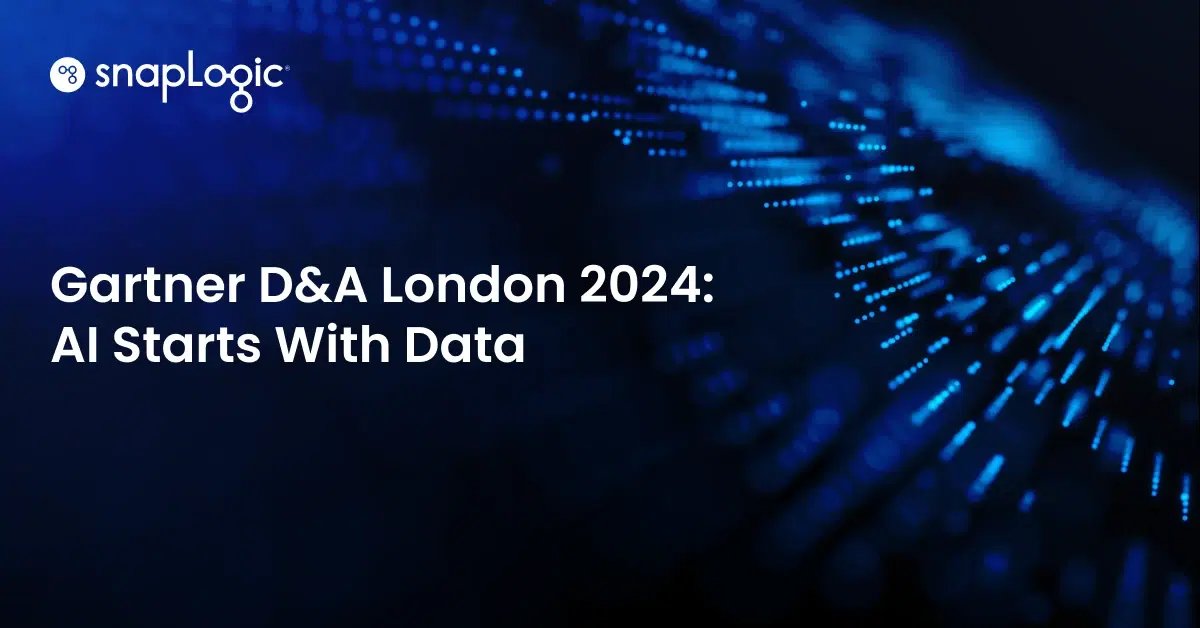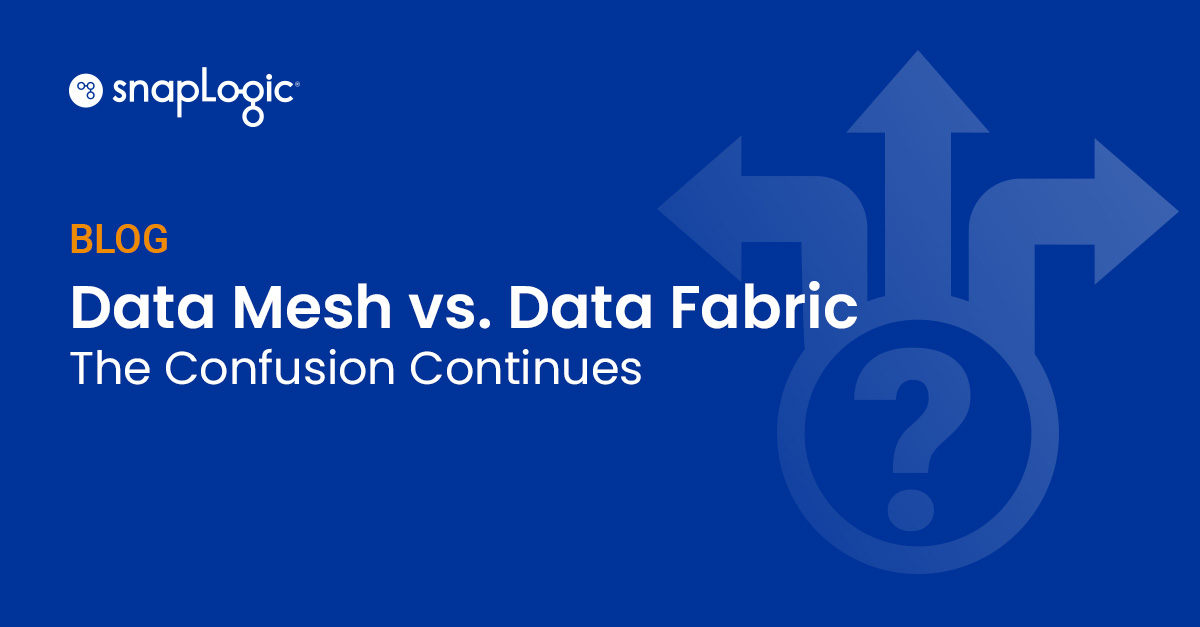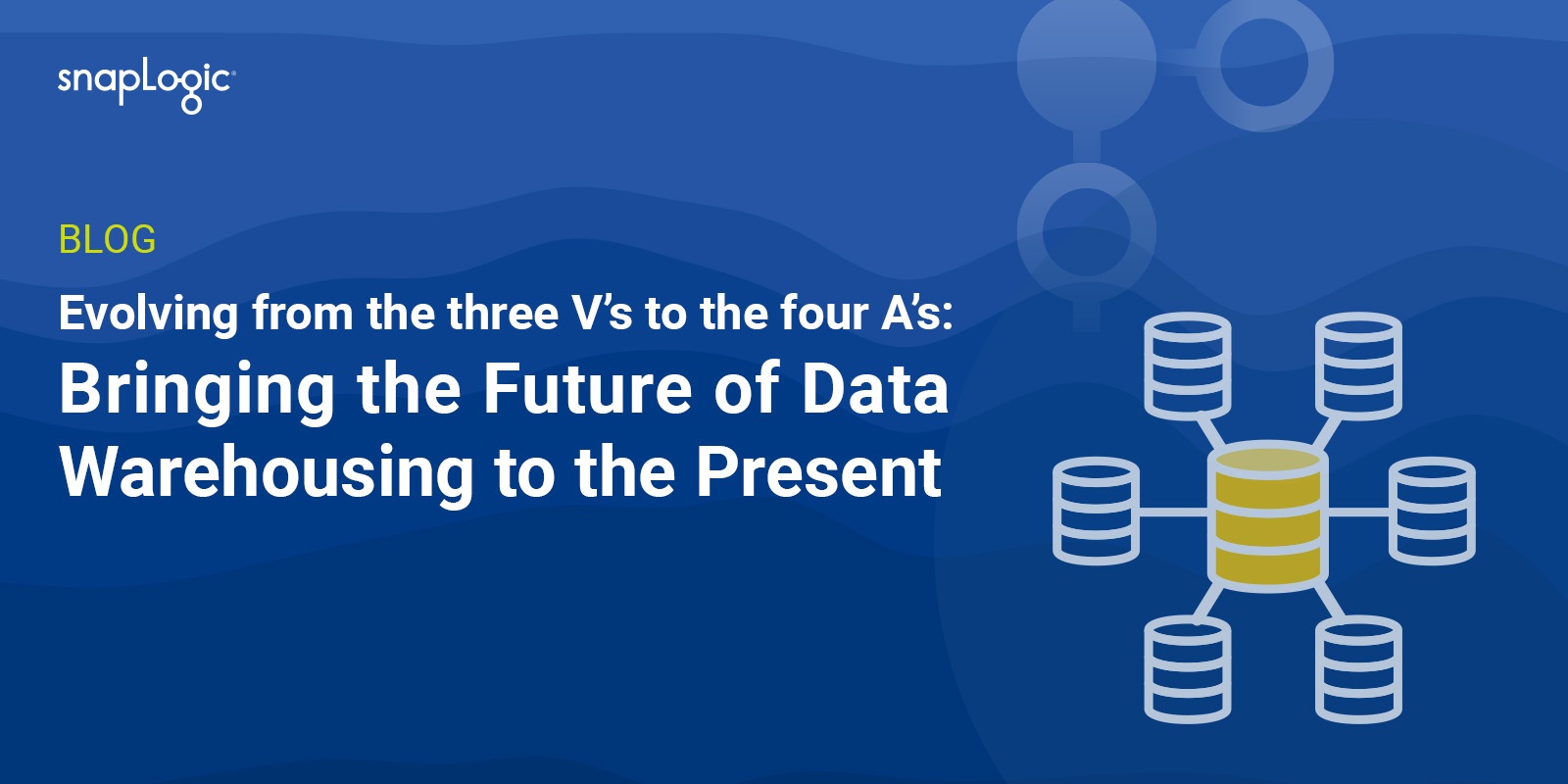Any event run by a top-tier analyst firm like Gartner is hard to summarize in a few words; the presentations and the conversations are very dense in thought-provoking content, whether it’s with the Gartner analysts themselves or the thousands of European practitioners thronging the ExCeL over the three days of the Data & Analytics Summit.
One recurring theme was set right from the opening keynote. The obvious move might have been to kick off the event by talking up the ever-increasing value to businesses of data and analytics initiatives to make use of that data. Instead, the speakers shared the roadblocks companies have encountered when implementing those initiatives. The key factors cited by Chief Data Officers who responded to a Gartner survey earlier in 2023 were not technological, but human and organizational.
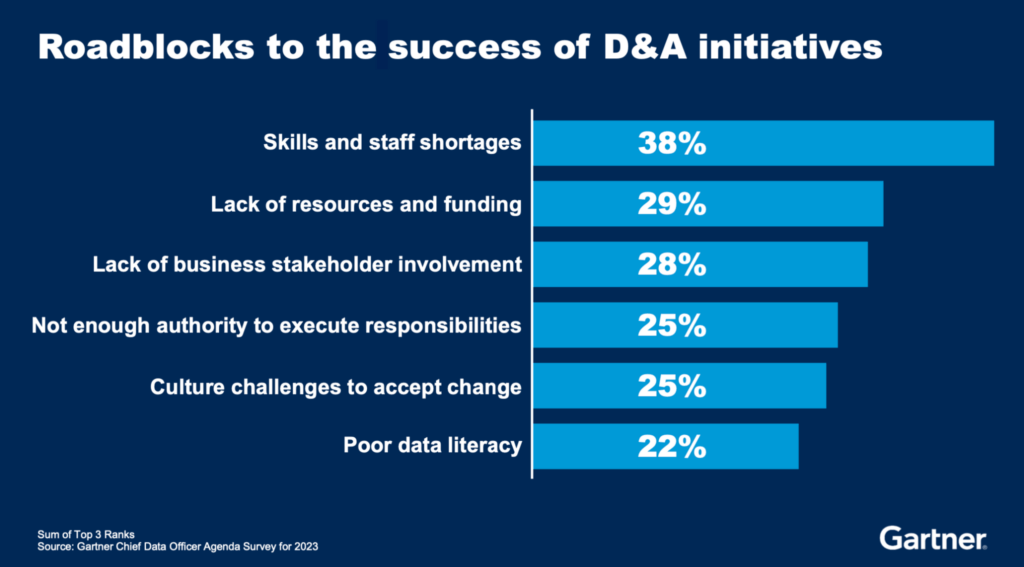
These non-technical factors slow down adoption of Data & Analytics, and consequently also the delivery of value to the business. Given the cost of gathering, transmitting, and storing all that data, businesses are quite rightly looking to get back on track with achieving the strategic goals that they had set. However, a percentage improvement in performance or the addition of a new connector will not move the needle here.
Instead, visitors to SnapLogic’s booth were very interested in how our low-code/no-code interface helps democratize access to data — and consequently, accelerates delivery and value realization. The people closest to the business are the ones who understand best what the potential value of data can be, but if every question they have requires them to get the time of a developer, lots of great ideas will never get off the ground. SnapLogic lets them get involved directly in getting access to data where they need it and in whatever format they require.
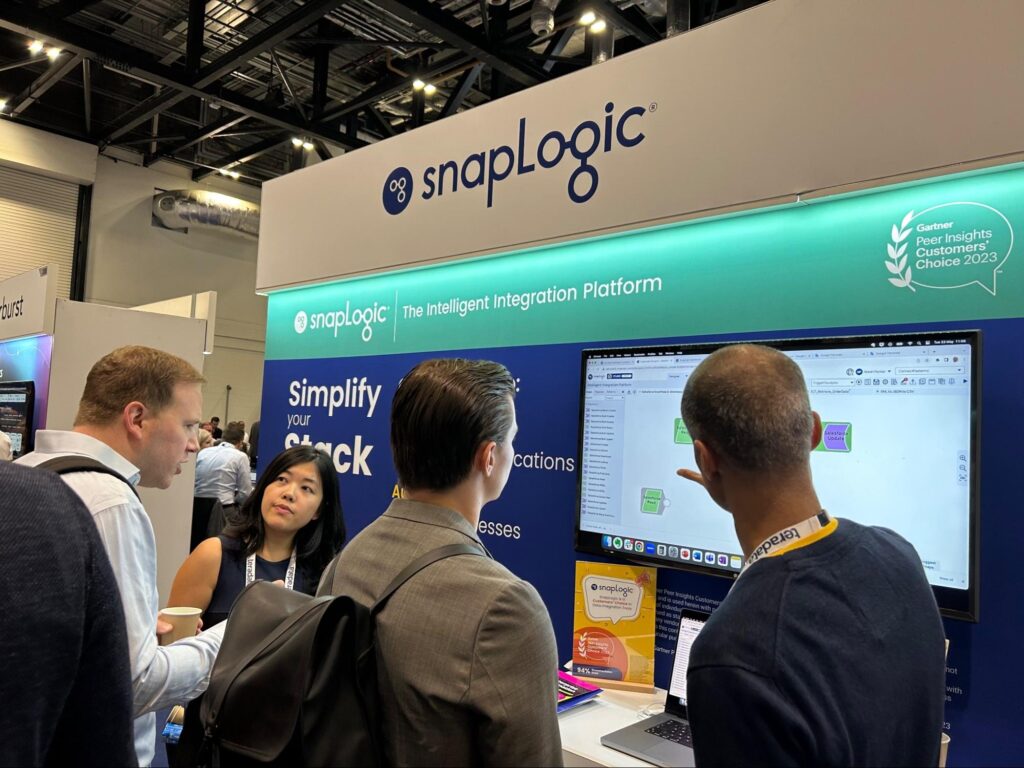
Everyone was clear that there is still huge promise in Data & Analytics, if indeed the presence of so many people at the event were not already enough of a signal. Concrete success stories from actual practitioners are of course the ultimate proof, far more persuasive than any high-level analyst survey, let alone the claims of vendors. This is why SnapLogic was very pleased to host a presentation from the Science Museum Group. While their environment is perhaps not at the scale of some of our other customers, or of the many companies that we talked to over the course of the Summit, the use cases are interesting also as a proof of the breadth of our platform’s capabilities. The story of how our technology enabled the museum’s staff to catalogue their artifacts in time for a forced move out of their storage facilities resonated with everyone who has had the timeline of an IT project dictated by factors outside their control. Similarly, the requirement to surface information from many internal museum systems ranging from lifts to staff rotas, and display it on a single unified dashboard is probably one of the most common starting points for data and app integration deployments.
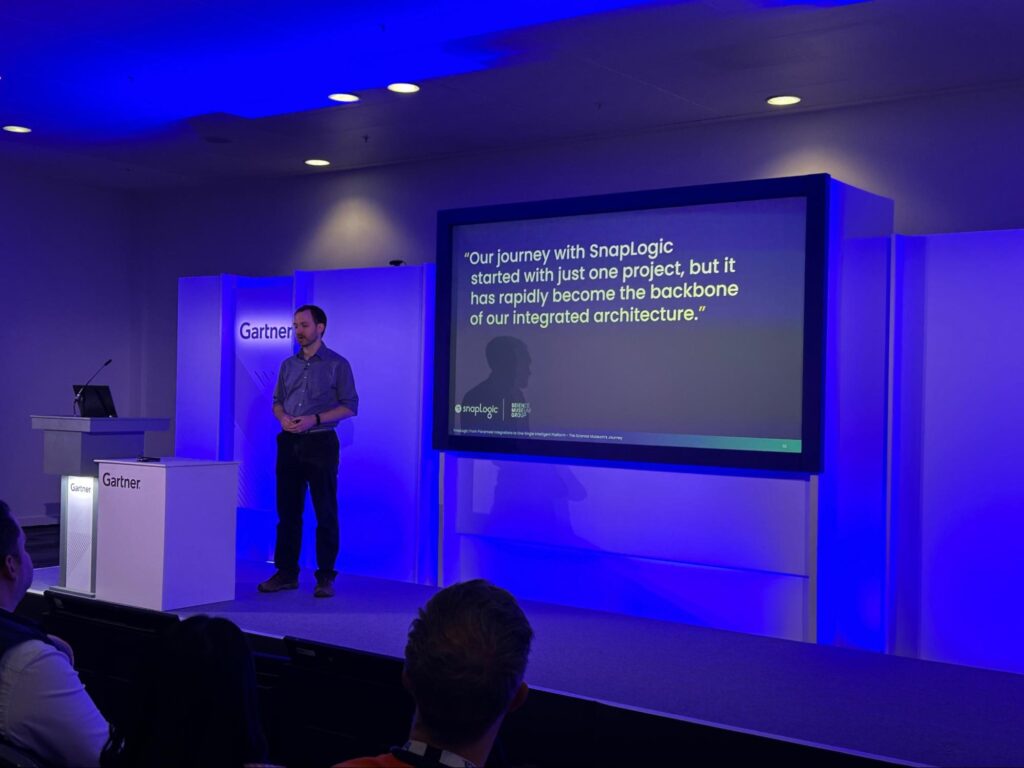
It is probably not surprising that the topic of AI in general, and LLMs like ChatGPT specifically, came up again and again over the course of the Summit. The tone alternated between injecting a note of realism into some of the overheated rhetoric — the robots are taking over! we will all lose our jobs! — and making sure everyone was up to date on the concrete benefits that these technologies promise, and indeed are already delivering.
Jim Hare in particular led a valuable session titled “Develop an AI Governance Strategy to Balance Value and Risk”. When an area of technology is developing this rapidly, it is all too easy to concentrate on technical metrics, and Jim delivered a salutary reminder to bring AI projects back to business purpose: revenue impact, customer value, operational efficiency, and so on. An increase in a technical metric that does not connect directly to an improved outcome for the business is not worth pursuing.
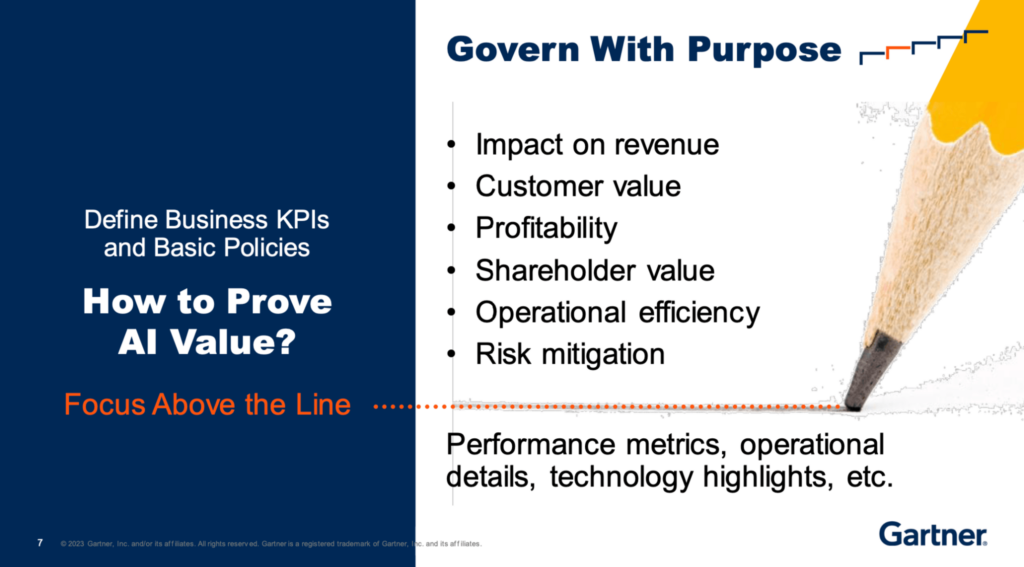
Throughout the event, the most popular demo was certainly SnapGPT, which is designed to do exactly that. Instead of a generic chatbot that can do stunts, SnapGPT has a concrete mission: to capture a user’s data integration intent through chat or to describe an unfamiliar data integration pipeline to them. These capabilities further accelerate time to value by making it even easier for non-technical users to engage with the platform and start working with data.
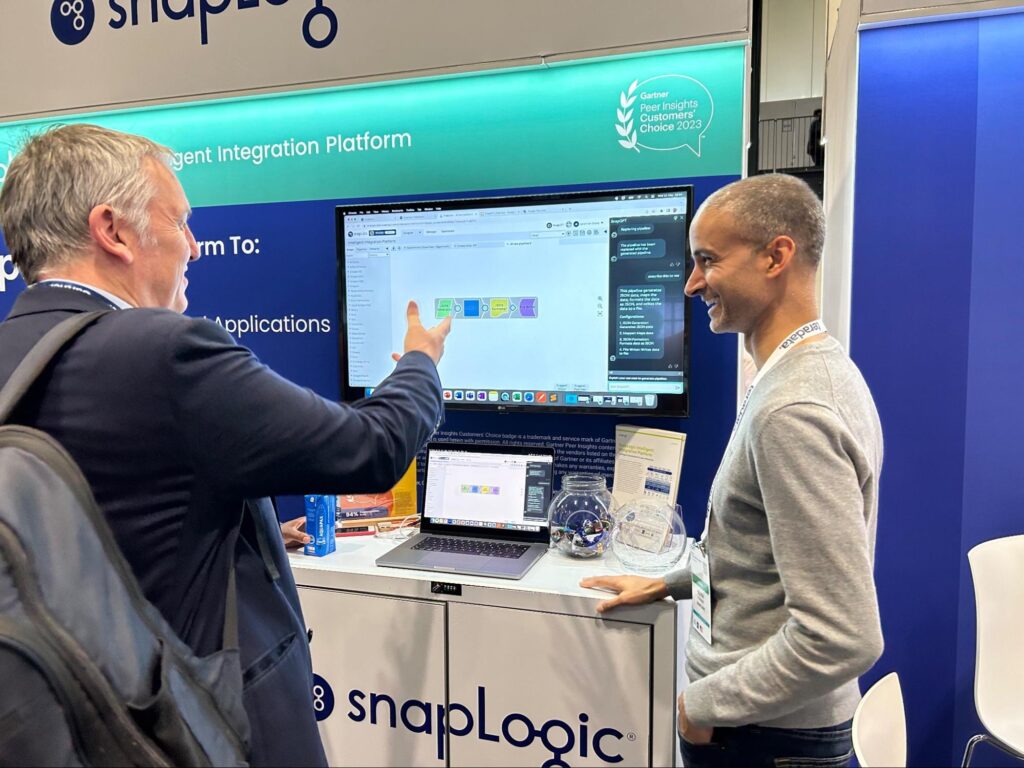
There was still a lot of discussion of technical topics, of course, and some of it even outside the realm of AI. One presentation that several people referred to was “Data Fabric or Data Mesh: Deciding Your Future Data Management Architecture”, with both Ehtisham Zaidi and Robert Thanaraj. One of the reasons some early D&A projects failed was that they tried to find a single all-in-one tool for everything. Instead, Ehtisham, Robert, and indeed many of the architects that I spoke to during the summit saw much more value in a decentralized data fabric or data mesh approach. SnapLogic thrives in such an operating model and architecture, enabling easy access to data wherever it lives in the organization. Here too, the ease of use of the SnapLogic iPaaS makes it easy for all the different teams to get involved directly, instead of having to go through a central point of data storage that inevitably becomes a bottleneck, slowing down delivery.
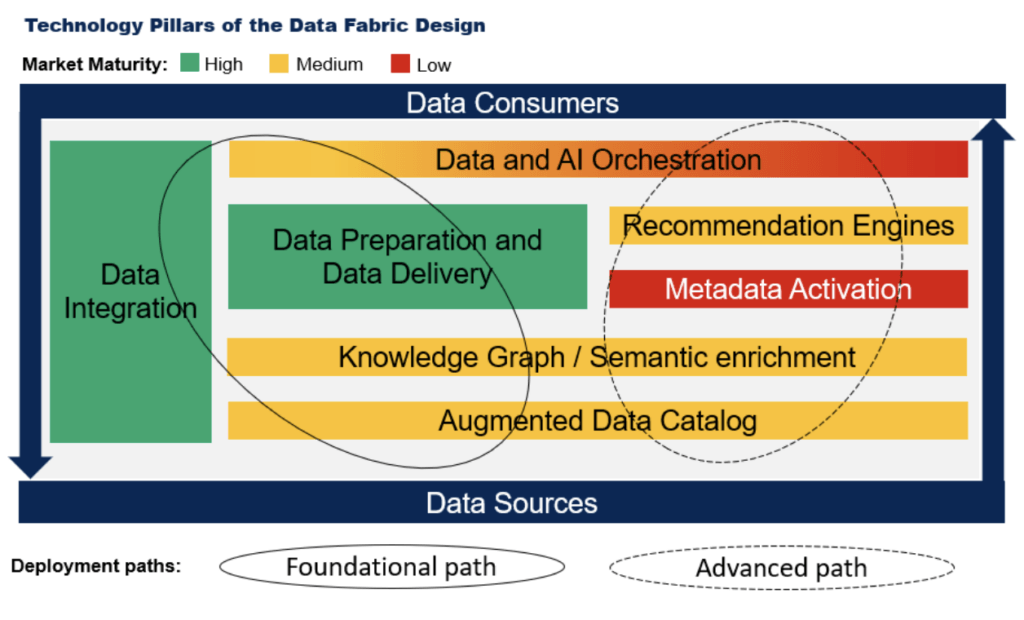
The good news is that there is enormous value in getting this right. Organizations that do adopt distributed data and analytics throughout every team are much more agile, able to out-execute their competitors through seamless access to the data they need, when they need it, where they need it, no matter where it is stored.
The Science Museum simply could not have completed their move to new facilities without this frictionless integration. This is true resilience, another topic on the minds of many of the participants at the Summit. After all, it is (relatively) easy to figure out how to transfer data from one well-known system to another equally well-mapped one. The point where IT provides true value to the business is the ability to say “yes” to the unexpected request, to deliver what is needed when it is needed, and to make it easy and graceful.
This is how Data & Analytics practitioners can deliver on key business initiatives and strategies, unblocking and accelerating the realization of the promised value, and out-competing peers that are not able to be so agile in making use of their data. SnapLogic is the key to democratizing data in this way.






